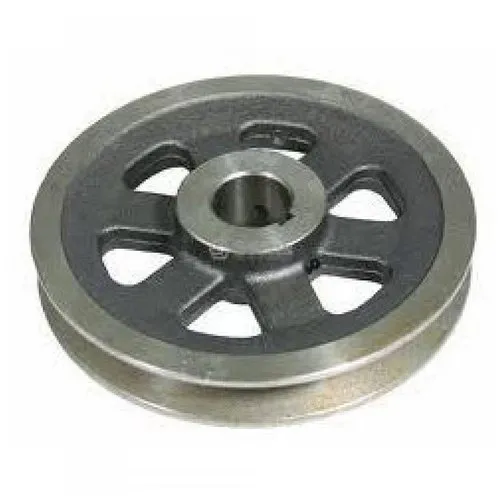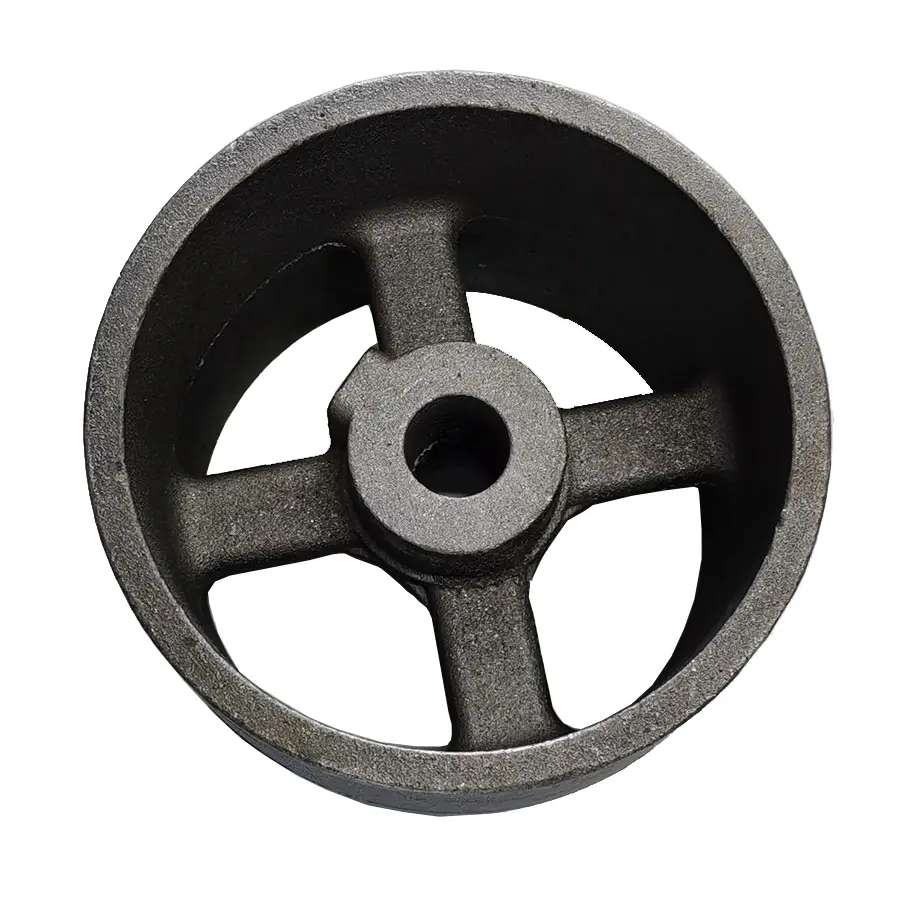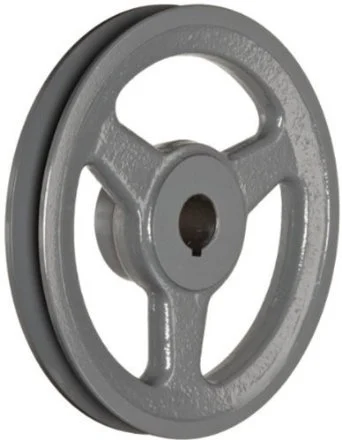Product Description
NEED TO KNOW BEFORE BUYING
Thank you for browsing our product.
All our product can be customized as per your request or as per your drawings, please feel freel to contact us any time by e-Mail for quicker respond to your inquiry.
CHINAMFG Industrial Belt Co., Ltd is a leading manufacturer of high-quality industrial conveyor belts, timing belts/car belts, and timing pulleys/sprockets. With our expertise and dedication, we have established ourselves as a trusted supplier in the industry.
Operating from 3 well-equipped factories, we specialize in the production of industrial conveyor belts, timing belts/car belts, and timing pulleys/sprockets. Each factory focuses on delivering exceptional quality products tailored to the specific requirements of our clients.
Our goal is to provide a one-stop shop for our clients in the transmission industry. By offering a comprehensive range of transmission components, we aim to streamline the procurement process and simplify supply chain management for our customers. From industrial belts to timing pulleys/sprockets, we ensure that our product portfolio covers all the essential transmission elements.
As a preferred supplier for renowned Asian manufacturers such as Media and Lesso, we take pride in our strong business partnerships. Located in HangZhou City, ZheJiang Province, we benefit from being in a business incubator known for fostering high-tech industrial chains.
Our commitment to CHINAMFG extends beyond manufacturing. We have successfully exported our products to various regions, including the USA, Canada, Europe, UAE, Africa, and Asia. Our clients have consistently expressed high satisfaction with our products and after-sales service.
To ensure efficient service, we maintain a comprehensive inventory of commonly used items. This allows us to promptly fulfill small quantity orders without any complications.
At CHINAMFG Industrial Belt Co., Ltd, we combine superior manufacturing capabilities, reliable supply chain management, and a customer-centric approach to deliver exceptional products and services to our valued clients worldwide. Our goal of being a one-stop shop in the transmission industry sets us apart, as we strive to provide a seamless experience for our customers, from initial inquiry to final delivery.
/* January 22, 2571 19:08:37 */!function(){function s(e,r){var a,o={};try{e&&e.split(“,”).forEach(function(e,t){e&&(a=e.match(/(.*?):(.*)$/))&&1
| Pulley Sizes: | Customizable |
|---|---|
| Manufacturing Process: | Casting |
| Material: | Carbon Steel |
| Surface Treatment: | Baking Paint |
| Application: | Chemical Industry, Grain Transport, Mining Transport, Power Plant, Industrial Assembly Line |
| Delivery Time: | 7-10days |
| Customization: |
Available
| Customized Request |
|---|

Can cast iron pulleys be part of woodworking and milling equipment?
Yes, cast iron pulleys can indeed be part of woodworking and milling equipment. They serve important functions in these types of machinery, contributing to the efficient operation of various woodworking and milling processes. Here’s a detailed explanation of how cast iron pulleys can be used in woodworking and milling equipment:
- Power Transmission: Cast iron pulleys are crucial for transmitting power in woodworking and milling equipment. They connect the power source, such as an electric motor or an engine, to the moving parts of the machinery. By transferring rotational motion and torque, the pulleys enable the cutting, shaping, and milling processes involved in woodworking. They allow the power to be efficiently distributed to the different components of the equipment, enabling precise and controlled operation.
- Belt and Chain Drives: Cast iron pulleys are commonly used in belt and chain drive systems in woodworking and milling equipment. They facilitate power transmission through the use of belts or chains, connecting the pulleys to the driven components. The pulleys are designed with grooves or teeth that engage with the belt or chain, ensuring a secure connection and efficient transfer of power. This allows for the transmission of rotational motion and torque to the cutting tools or milling heads, enabling the machinery to perform its intended functions.
- Speed Control: Cast iron pulleys play a role in controlling the speed of woodworking and milling equipment. By utilizing pulley systems with different diameters, the rotational speed of the driven components can be adjusted. This is essential in woodworking processes that require different cutting speeds for various materials or specific milling operations that demand precise control over the speed. Cast iron pulleys enable operators to achieve the desired cutting or milling speed, resulting in accurate and high-quality woodwork or milled products.
- Tensioning: Proper tensioning of belts is crucial in woodworking and milling equipment to ensure efficient power transmission and prevent slippage. Cast iron pulleys are used in tensioning systems to maintain the optimal tension in the belts. They are designed to apply the necessary force to keep the belts taut, ensuring proper engagement with the pulley surfaces. This helps prevent power loss and ensures consistent and reliable operation of the machinery during woodworking or milling processes.
- Load Distribution: Woodworking and milling equipment encounter varying loads and forces during operation, particularly when cutting through different types of wood or milling various materials. Cast iron pulleys aid in distributing these loads across the machinery, reducing stress on individual components. By properly sizing and positioning the pulleys, the load can be evenly distributed, enhancing the longevity and performance of the equipment. This is particularly important in heavy-duty woodworking processes or milling operations that involve significant material removal.
- Component Synchronization: In certain woodworking and milling operations, multiple components need to be synchronized for precise and accurate results. Cast iron pulleys, in conjunction with timing belts or chains, can be utilized to achieve component synchronization. This synchronization ensures that different moving parts, such as the cutting tools or milling heads, work in harmony and produce the desired woodwork or milled products with consistent quality and dimensional accuracy.
In summary, cast iron pulleys can be an integral part of woodworking and milling equipment. They contribute to power transmission, facilitate belt and chain drives, enable speed control, assist in tensioning, aid in load distribution, and help achieve component synchronization. By incorporating cast iron pulleys into woodworking and milling machinery, operators can enhance the performance, precision, and efficiency of these processes, resulting in high-quality woodwork and accurately milled products.

Can cast iron pulleys withstand harsh environmental conditions?
Cast iron pulleys are known for their durability and ability to withstand various environmental conditions. However, their performance in harsh environments depends on several factors, including the specific type of cast iron used, the severity and duration of the environmental conditions, and the presence of protective measures. Here’s a detailed explanation of cast iron pulleys’ ability to withstand harsh environmental conditions:
- Material Composition: Cast iron pulleys are typically made from materials such as gray cast iron, ductile cast iron, or alloyed cast iron. These materials offer good resistance to corrosion, heat, and wear. Gray cast iron, for example, has excellent dampening properties and is resistant to thermal expansion, making it suitable for many industrial applications. Ductile cast iron provides higher tensile strength and toughness, making it more resistant to impact and shock. Alloyed cast iron may offer enhanced resistance to specific environmental factors. The specific material composition of the pulley can influence its ability to withstand harsh conditions.
- Corrosion Resistance: Cast iron pulleys have inherent resistance to corrosion due to the formation of a protective oxide layer on their surface. However, in extremely corrosive environments, additional protective measures may be necessary. This can include applying surface treatments such as coatings or paints that provide enhanced resistance to specific corrosive agents or environments. Regular maintenance and inspection can help identify and address any signs of corrosion, ensuring the longevity of the pulleys.
- Temperature Extremes: Cast iron pulleys generally have good heat resistance, allowing them to withstand high temperatures without significant deformation or material degradation. However, in extremely high-temperature environments, the pulley’s performance may be affected. Factors such as thermal expansion, heat dissipation, and the presence of cooling mechanisms should be considered in the design and operation of cast iron pulleys in high-temperature conditions. Similarly, in extremely low-temperature environments, the pulley’s brittleness may increase, potentially impacting its performance.
- Humidity and Moisture: Cast iron pulleys are generally resistant to the effects of humidity and moisture. However, prolonged exposure to high humidity or immersion in water can lead to rust formation. Proper sealing, protective coatings, or the use of stainless steel components in critical areas can enhance the pulley’s resistance to moisture-related issues. Regular inspection and maintenance can help identify and address any moisture-related concerns.
- Chemical Exposure: Cast iron pulleys can withstand exposure to many chemicals commonly encountered in industrial environments. However, exposure to highly corrosive chemicals or aggressive solvents can affect the pulley’s performance. In such cases, chemical-resistant coatings or alternative materials may need to be considered. Understanding the specific chemical environment and consulting with experts can help determine the best approach to ensure the pulley’s compatibility with harsh chemical conditions.
- Protective Measures: In particularly harsh environmental conditions, additional protective measures can be employed to enhance the pulley’s resistance. This can include the use of protective covers, seals, or enclosures to shield the pulley from direct exposure to environmental factors. Sealing arrangements can prevent the ingress of dust, debris, or moisture into the pulley’s internal components, reducing the risk of damage or performance degradation.
In summary, cast iron pulleys generally possess good resistance to harsh environmental conditions. Their durability, corrosion resistance, and heat resistance make them suitable for a wide range of applications. However, the pulley’s ability to withstand specific harsh conditions depends on factors such as material composition, corrosion resistance, temperature extremes, humidity and moisture, chemical exposure, and the implementation of protective measures. By considering these factors and implementing appropriate measures, cast iron pulleys can be effectively used in harsh environments, ensuring their long-term performance and reliability.

In which industries are cast iron pulleys commonly used?
Cast iron pulleys are widely used in numerous industries due to their robust construction, durability, and ability to handle heavy loads. Their versatility and reliability make them a popular choice for power transmission applications. Here’s a detailed explanation of the industries where cast iron pulleys are commonly used:
- Manufacturing and Industrial: Cast iron pulleys are extensively used in the manufacturing and industrial sectors. They find applications in conveyor systems, assembly lines, material handling equipment, and various machinery used in industries such as automotive, steel, pharmaceuticals, food processing, and packaging. Cast iron pulleys provide efficient power transmission and contribute to the smooth operation of production processes.
- Agriculture and Farming: The agricultural industry relies on cast iron pulleys for a range of equipment and machinery. In agricultural applications, cast iron pulleys are commonly used in tractors, combines, harvesters, irrigation systems, and other farming machinery. They play a key role in power transmission systems, enabling the efficient operation of agricultural equipment in tasks such as tilling, planting, harvesting, and water management.
- Automotive and Transportation: Cast iron pulleys have widespread use in the automotive industry and transportation sector. They are employed in engines, power steering systems, air conditioning systems, and other vehicle components. Cast iron pulleys contribute to the proper functioning of serpentine belt systems, driving engine accessories, such as alternators, water pumps, air compressors, and power steering pumps, providing reliable power transmission in vehicles.
- Mining and Extractive Industries: The mining industry extensively utilizes cast iron pulleys in various mining equipment and machinery. Cast iron pulleys are found in crushers, conveyor systems, ore processing machinery, and other mining applications. They provide the necessary power transmission to move heavy loads of materials, contributing to the extraction and processing of minerals in mining operations.
- Construction and Infrastructure: Cast iron pulleys are commonly used in the construction and infrastructure sectors. They find applications in equipment such as cranes, hoists, concrete mixers, and conveyor systems used in construction sites, building projects, and infrastructure development. Cast iron pulleys enable the efficient movement of materials and equipment, contributing to the smooth execution of construction tasks.
- Woodworking and Carpentry: Cast iron pulleys are utilized in woodworking machinery and carpentry tools. They are found in table saws, planers, lathes, and other woodworking equipment that requires power transmission. Cast iron pulleys contribute to the precise and controlled movement of cutting blades, feed rollers, and other components, ensuring accurate cuts and consistent performance in woodworking applications.
- Water Management and Utilities: Cast iron pulleys are commonly used in water management systems and utilities. They find applications in pumps, water treatment plants, wastewater management systems, and industrial facilities. Cast iron pulleys provide reliable power transmission for pumps, facilitating the movement of water or other fluids for various purposes such as water supply, irrigation, drainage, and wastewater treatment.
In summary, cast iron pulleys are commonly used in industries such as manufacturing and industrial, agriculture and farming, automotive and transportation, mining and extractive industries, construction and infrastructure, woodworking and carpentry, and water management and utilities. Their strength, durability, and ability to handle heavy loads make them an essential component for reliable power transmission in a wide range of industrial applications and mechanical systems.


editor by CX
2024-05-03